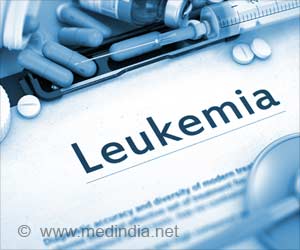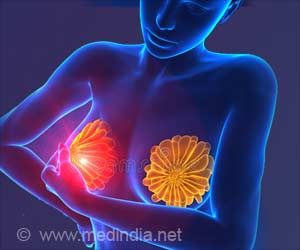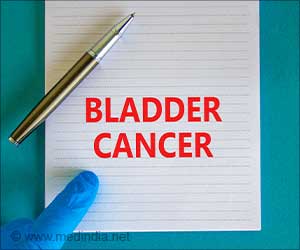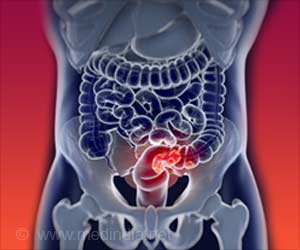University of Miami Miller School of Medicine researchers have found that apart from estrogen receptors, androgen and vitamin D receptors can also be targeted when treating breast cancer.
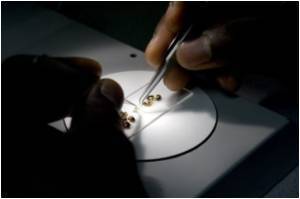
"These findings may change how we treat breast cancer," said Santagata. "Since at least 50 percent of patients with breast cancer express all three receptors—estrogen, androgen and vitamin D in their tumor cells, this may allow clinicians to consider triple hormone treatments, which is a new concept, as opposed to treating patients by targeting only estrogen receptors."
The study published online in the Journal of Clinical Investigation.
When clinicians categorize human breast cancer tumors, they do so by grouping them into one of three categories based on the type of receptor present or absent on the tumor: estrogen receptor (ER positive/negative), progesterone receptor (PR positive/negative), and human epidermal growth factor receptor 2 (HER2 positive/negative).
In the study, the researchers explored the landscape of cells that make up the surfaces of breast tissue to provide a better definition of the subtypes of cells present on these surfaces. They studied more than 15,000 normal breast cells and discovered eleven previously undefined cell subtypes. Interestingly, these eleven normal breast cell types were categorized into four new hormonal differentiation groups (HR 0, 1, 2, 3), which were characterized by vitamin D, androgen and estrogen hormone receptor expression.
The researchers took this information and compared it against 3,157 human breast tumors of patients and found that the patients' tumor make-up were similar to one of the eleven normal cell types they discovered. Moreover, the patients had different survival rates and responses to hormone treatments depending on whether the cell types were in the HR 0, 1, 2, or 3 sub-group.
"There are many other interesting treatment opportunities that our findings may lead to," said Santagata. "For instance, early data suggest that targeting androgen and vitamin D receptors in addition to standard chemotherapy may increase effectiveness, and may allow for lower doses of chemotherapy with the same effect."
"It is very exciting to show that there is a similar molecular diversity in normal breast cells and in breast cancer itself, and then to use this information to suggest interesting new therapeutic possibilities," said Santagata. "We have much more to learn about why normal breast cells are so diverse and how that information can help us better improve the diagnosis, prognosis and treatment of breast cancer patients."
Source-Eurekalert
 MEDINDIA
MEDINDIA



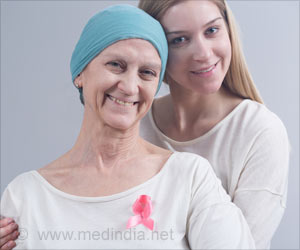
 Email
Email







